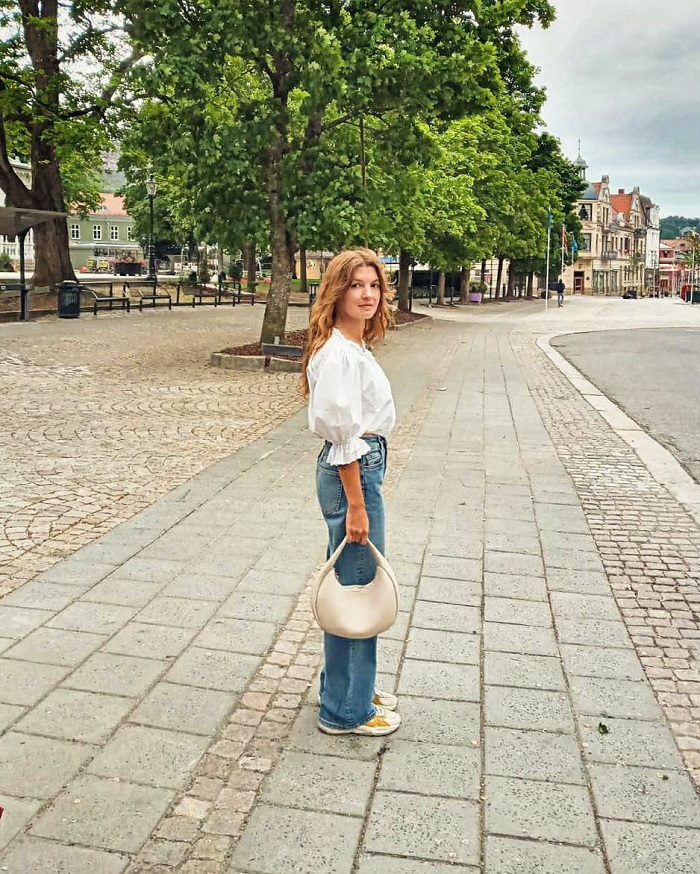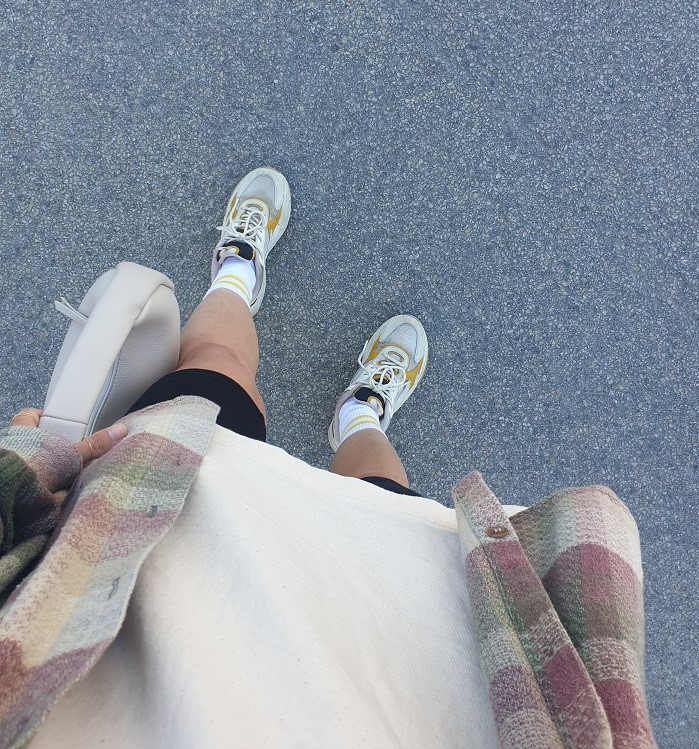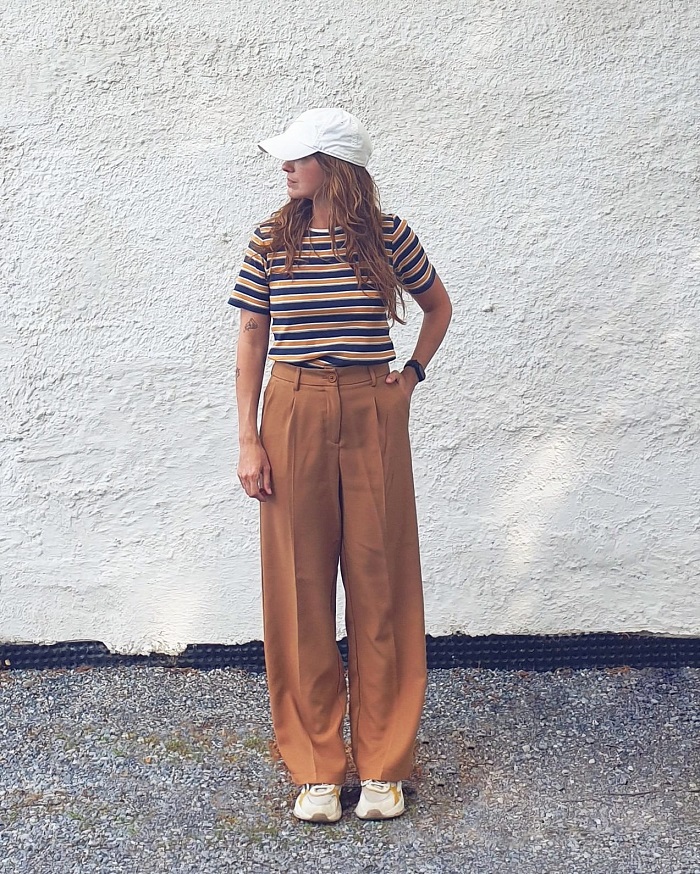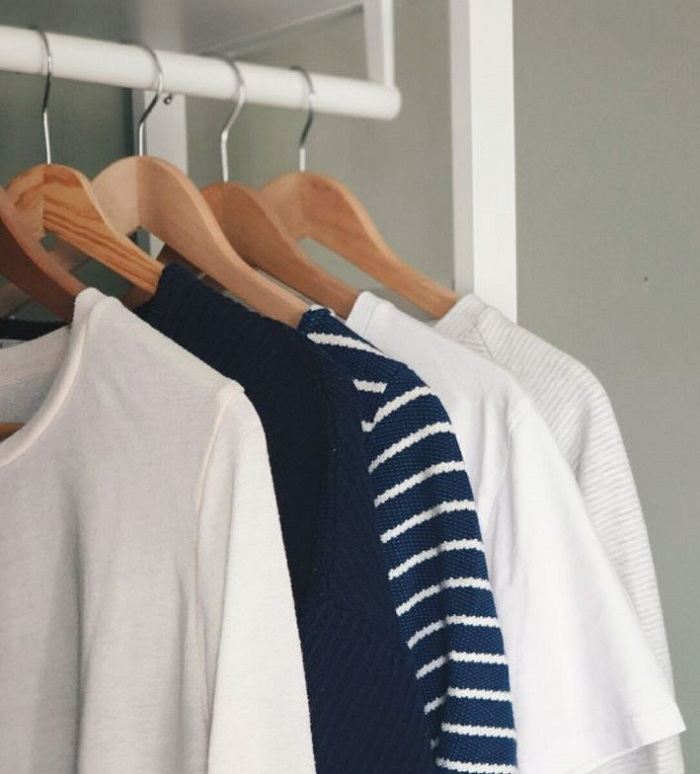Build your sustainable closet with these realistic tips
It’s now been a few years since I began my journey into sustainable fashion and saying that my relationship with shopping has completely changed is an understatement. I used to have many posts about this topic on here but decided to replace them with one that feels more aligned with my current approach to building and maintaining a sustainable closet.
First things first: what is sustainable fashion?
To put it simply, sustainable fashion is the practice of creating clothing, accessories, and textiles that have minimal impact on the environment and respect the well-being of all individuals involved in the production process. This means utilizing environmentally friendly materials, working with fair labor practices, and creating products that have a long-lasting life cycle. Sustainable fashion is not only better for the planet, but it also holds companies accountable for their actions and encourages consumers to make conscious decisions when it comes to their clothing choices.
The benefits of having a sustainable closet
Having a sustainable closet comes with many perks that are of course environmental, but also personal. Needless to say, adopting a sustainable wardrobe helps the environment by promoting the use of natural fibers, recycled materials and by encouraging durability. This results in less pollution and less carbon emissions. But also, it’s financially beneficial in the long run, as it encourages the purchase of timeless, high-quality pieces that can last for years. Additionally, owning a sustainable wardrobe allows you to express your personal style and creativity while making a positive difference in the world.

How do you create a sustainable closet?
The internet is full of guides on how to make your wardrobe more sustainable and they always revolve around the following tips:
Use what you have
This one is pretty self-explanatory but comes with a twist. The most sustainable clothes are the ones that are already in your closet, sure, but if you stop there it will become very boring, very fast. One of the easiest ways to give yourself a wardrobe you enjoy is to start by doing an inventory. Go through everything you own and make 3 piles: what you keep, what you don’t keep and the maybes. Put the keep pile back into your closet, donate, sell or recycle the no-keep pile and store the maybes away. You can check them again in a few months. This process will give you a better view of what you own (we all have those tops we forgot we had, right?) but also what you’re missing and might need to buy.
The pros:
- This costs nothing! You’re not buying anything.
- It encourages creativity because you will come up with new ways to wear your clothes.
- There will be less clutter in your closet.
The cons:
- This tip doesn’t really work when your body changes or if your wardrobe doesn’t match your lifestyle anymore.
Shop second hand
The second most given advice when it comes to sustainable fashion is to go for second hand pieces. This obviously means shopping from thrift shops and vintage stores but also covers online platforms, clothing swaps and hand-me-downs. It just makes sense. Fashion is one of the most polluting industries out there and According to designer Patrick Grant, there are currently enough clothes on the planet to dress the next six generations. By using existing garments, we prevent them from ending up in landfills but we can also save all the resources, water and energy that would go into the manufacture of new clothing.
The pros:
- Once again, this is wallet friendly as second-hand clothing is cheaper or even free.
- It gives you a great opportunity to find statement pieces, especially when it comes to vintage items.
The cons:
- It can be time consuming when you are looking for something specific.
- Finding your size can be hard.

Buy from sustainable brands
Sometimes we need something new and a sustainable fashion guide would not be complete if we didn’t talk about sustainable brands. Today, they’re everywhere and they make everything: basics, swimwear, shoes, work attire, you name it! Be wary though. Just because a brand claims to be sustainable doesn’t mean it actually is. All it takes is a little research and luckily, there are databases like Good on You to help you differentiate legit brands from greenwashing.
The pros:
- Sustainable brands offer current designs and good basics.
- The sizing options are usually inclusive.
The cons:
- The clothes tend to be expensive
- You have to shop online most of the time.
Shop mindfully
For many years, I refused to step foot in a regular store. But that was until I moved to a small town in Norway where I barely have access to sustainable brands or decent thrift shops. I still needed clothes though! Eventually I realized that many people are in a similar situation. So if all else fails, it’s OK to turn to fast fashion. Instead of feeling guilty about it, be intentional: buy things you actually need, avoid impulse purchases, look for timeless quality pieces, prefer natural fibers like linen or organic cotton and aim to wear each item for a long time.
The pros:
- Fast fashion brands are readily available and tend to be affordable.
The cons:
- Conscious consumerism requires a lot of discipline, reflexion and self-control.

Take good care of your clothes
Regardless of where your clothes came from, one of the most sustainable things you can to is to extend their lifespan. For that, it’s imperative to learn how to properly care for them. For example read the instructions on the label, try to wash less and at low temperature, avoid tumble drying, store them properly, learn basic mending… a little can go a long way.
The pros:
- Once again, you’re saving money.
The cons:
- This might not help with poorly made fast fashion items.
It’s not about perfection
A sustainable closet is going to look different for everyone. We all have different needs but the tips I’m giving here are a great starting point. It’s however OK not to follow them perfectly, we’re only human. In the end it all comes down to mindset. We need to stop buying shit we don’t need; we have to be aware of what we are buying and we must hold companies accountable for their actions.

